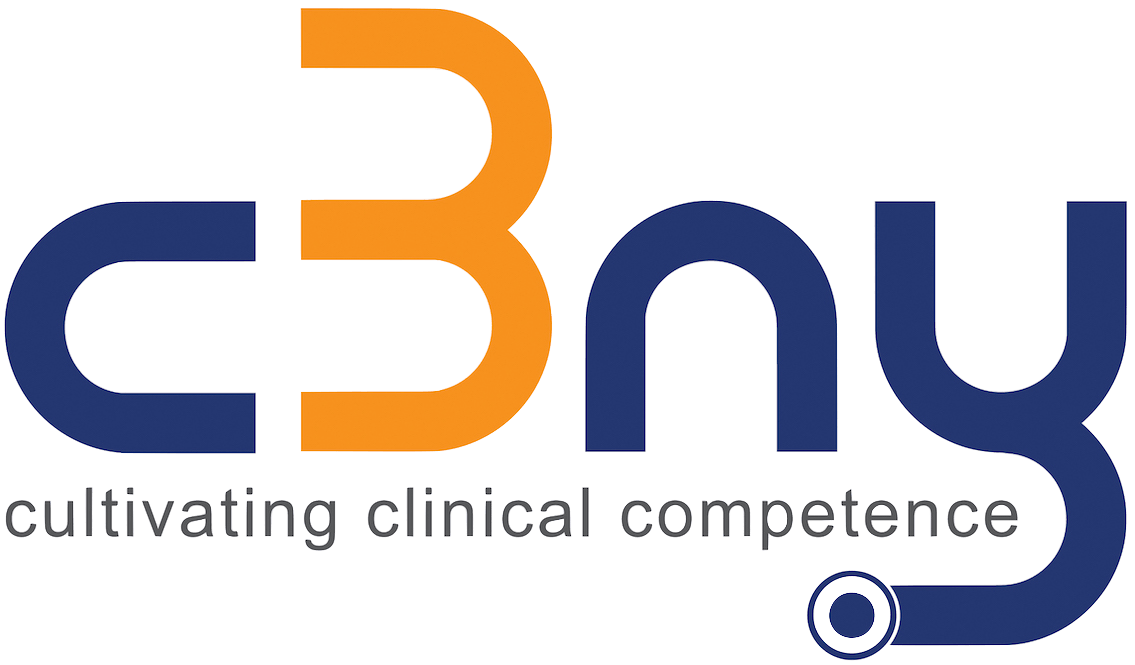In the USMLE Step 2 CS exam, the physical examination is part of the Integrated Clinical Encounter (ICE) and is scored by a checklist filled out by the standardized patient. Although it has been said that the physical examination contributes only about 20% to the ultimate diagnosis, the physical exam still remains as an important data gathering instrument in patient care. The history and physical must not be seen as procedures performed by a robot but rather as a process that requires interpersonal awareness and technical skill. In this era of extraordinary advances in diagnostic modalities, procedures and tests have been emphasized, whereas the importance of the history and physical examination has been minimized. It is well known, however, that among the most valuable and least costly medical evaluations are the history and the physical examination. We should always remember the quote from Sir William Osler in which he said we must always “use our eyes to see, our ears to hear, and our fingers to feel!” (See here for more on Osler).
There is really no such thing as a “standard” physical examination. Each examination must be tailored to the patient’s medical problem.
Thus on the USMLE Step 2 CS exam, do only a focused examination based upon the patient’s main problem. It is not necessary to examine an organ just because it’s there! If it is possible that the organ is involved with one of your three diagnoses, then examine it; if not, don’t!
As times change, so do standards of examination. Several “well known” physical examination techniques are only of historical value as evidence-based medicine has looked at the utility of many examination techniques. One of these techniques is kidney palpation. More often than not, neither kidney can be palpated in the adult. This is related to the fact that the kidneys are retroperitoneal structures and extremely difficult to evaluate in the adult due to adipose tissue and muscular development. It’s like trying to palpate the pancreas…impossible! The technique, however, is important to know especially in the evaluation of the newborn. But because the left kidney is more superior than the right, the lower pole of the left kidney is rarely palpable even in the newborn, except if there is a tumor present.
What about the technique for evaluating posterior chest excursion? In this “traditional” technique, the examiner places his/her hands flat against the patient’s back with thumbs up parallel to the midline at approximately the level of the tenth ribs and pulling the skin tightly toward the midline. The patient is asked to inhale deeply, and the movement of the examiner’s hands is noted. The hand movement should be symmetric. Forget this technique…get an X-ray! An X-ray is far better than this physical examination technique for evaluating lung expansion.
Remember also to take off your blindfolds and see the whole picture.
(If you are not familiar with the story of the Six Blind Men and the Elephant, do yourself a favor and read it here). If a young person presents with relapsing abdominal pain with or without diarrhea or constipation, you might be thinking of inflammatory bowel disease (IBD). In such a patient, you would certainly do a complete examination of the abdomen, but do not forget about the extra-abdominal problems associated with IBD such as iritis, uveitis, sacroiliitis, mouth ulcers, rash, etc. Ask about these symptoms and examine these areas if appropriate in addition to examining the abdomen. This kind of thinking goes for each and every diagnosis you are entertaining.
The practice of medicine is an extraordinary profession. Common courtesy, kindness, respect, empathy, and attentiveness to the patient go a long way in establishing an excellent “bedside manner.” Imagine yourself in the patient’s situation. How would you like to be treated? Always strive for accuracy and precision. It takes time to develop good skills of inspection, palpation, percussion, and auscultation. Only with experience can you master physical diagnosis.
Yours in Excellent Step 2 CS prep,
The team at C3NY
More resources to help you study for the Step 2 CS:
Online Workshop
A comprehensive, 5-part video workshop that covers everything you need to know to pass your Step 2 CS exam
Skype Sessions
Meet with qualified standardized patients via Skype to hone your skills before the Step 2 CS exam


